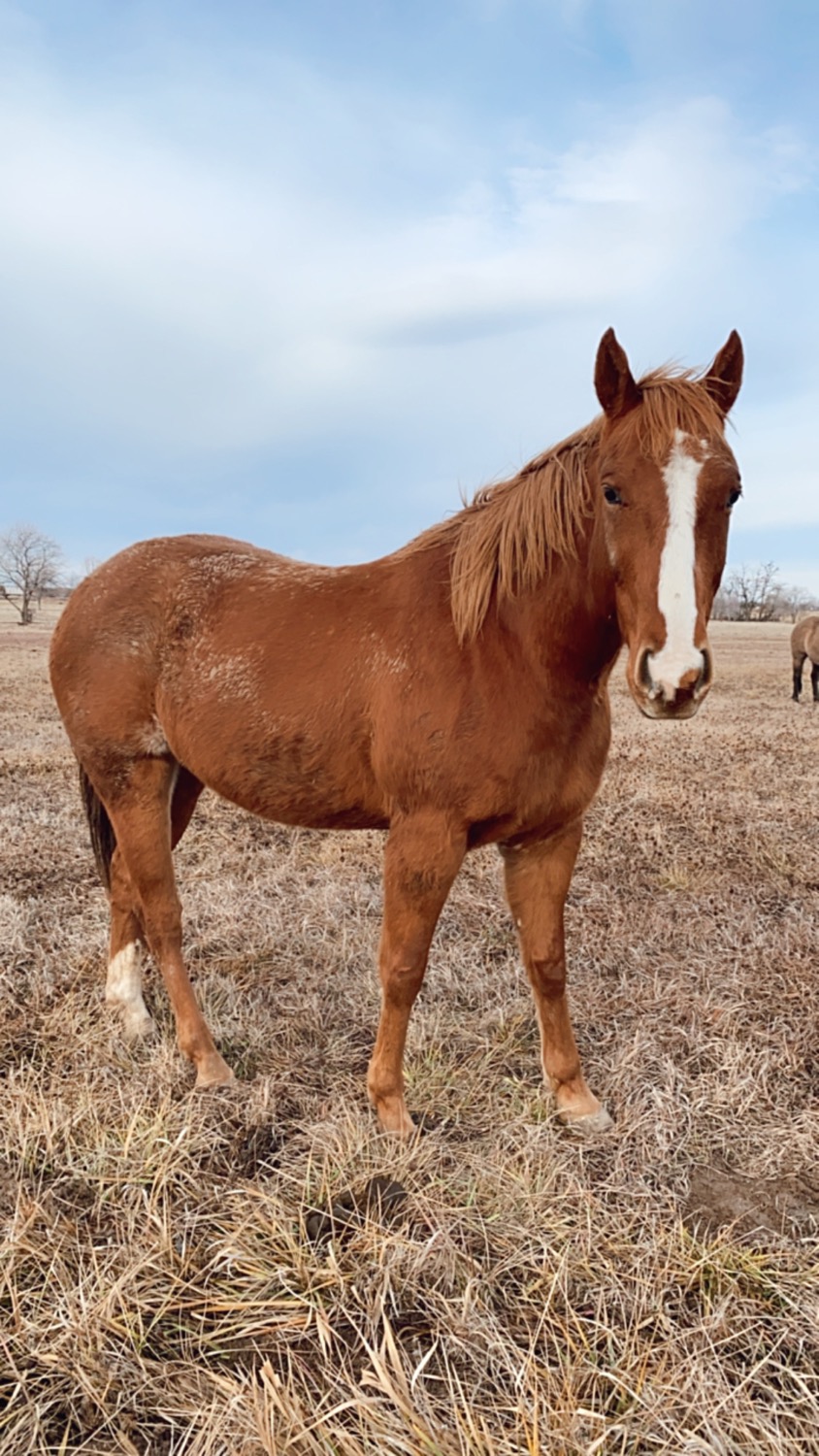What is a Broadside?
- Ronald Kern

- Feb 15, 2021
- 2 min read
A broadside is a large sheet of paper printed on one side only. Historically, broadsides were used as posters, announcing events or proclamations, commentary in the form of ballads, or simply advertisements. You would find them on the outside of buildings as common as inside of them. Quite often these broadsides were received or purchase by one person, who read it to a group of eager listeners who may not have been able to afford it.

One classic example of a broadside used for proclamations is the Dunlap broadside, which was the first publication of the United States Declaration of Independence, printed on the night of July 4, 1776 by John Dunlap of Philadelphia, making 200 copies.
Can you imagine having the opportunity to share this news to all of the colonies, and only printing 200 copies? At the time, and still today, declaring independence was one of the biggest and most amazing events in United States history.
An example of a broadside used for news information is the first published account of George Washington's crossing of the Delaware River, printed on December 30, 1776 and if you can believe it, the printer/author of this major event is unknown
Typical uses for a broadside include informational sheets about people wanted by the authorities, official government proclamations, special editions of newspapers, revolutionary propaganda, parodies, poetry, and songs.
Broadsides were also posted when someone was executed, listing their name and crime. Many broadsides that I found regading executions, were for stealing, forgery, and other offenses that today, certainly aren't considered a death sentence.
In many cities and towns, a large public space was set aside for the display of broadsides so that citizens could collect information and read about issues of interest in one central location.
We chose the word "broadside" in our title for a couple reasons. In addition to our podcast and website, we have our blog, which we'll consider it a more indepth current day broadside. The other reason is having our visitors really get into the minds of those who helped create our country, using terminology that was common back then, and broadside then is as normal as the words post, like, share, in social media today.


Comments